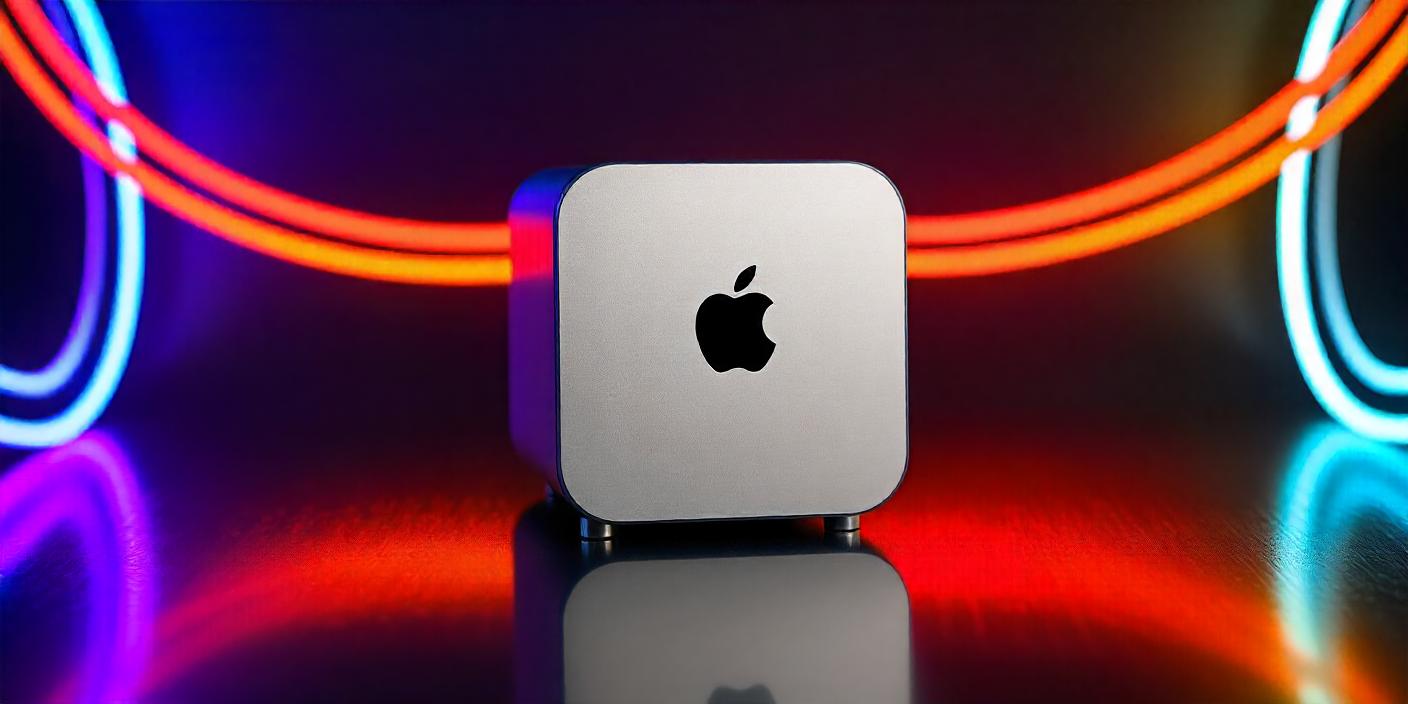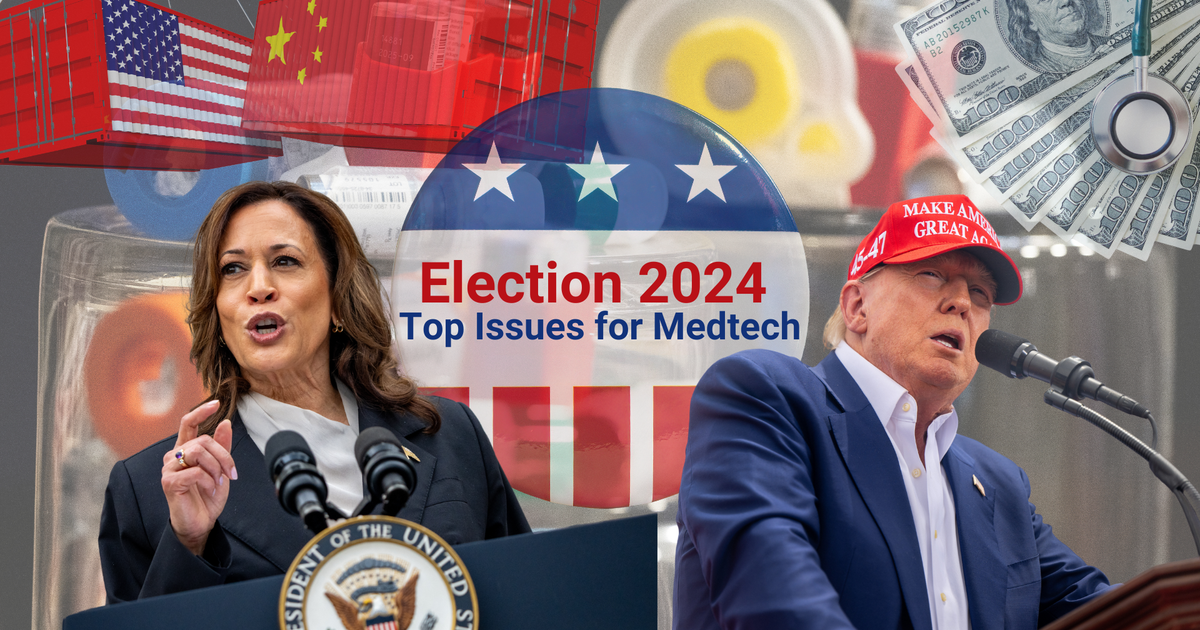
The world of autonomous driving is evolving fast, and Tesla is racing ahead with plans to make robotaxi technology accessible to everyone. With the recent unveiling of the Tesla Cybercab, the first dedicated robotaxi from the company, Elon Musk has not only outlined a vision for driverless transportation but has also highlighted a goal to keep the vehicle’s price under $30,000. Here’s how Tesla plans to make this innovation an affordable reality and what it could mean for our daily lives.
Why Tesla’s $30,000 Price Point is Game-Changing
Setting an ambitious price target in the $30,000 range, Tesla aims to make the Cybercab accessible to a broad audience—a big shift in the typically high-cost autonomous vehicle market. This strategy isn’t just about competing with luxury self-driving cars; it’s about creating a fleet that could easily replace traditional car ownership, public transport, and even current rideshare models. For comparison, many autonomous vehicles today range well beyond this price, keeping them out of reach for everyday users.
With an affordable, driverless taxi service, people may rely on robotaxis for their daily commutes, errand runs, or even travel. This price point would make Tesla’s robotaxi not just a transportation option but an economically viable alternative to car ownership.

Key Features of the Cybercab That Make It Affordable
Tesla’s Cybercab is designed with simplicity and efficiency in mind. By removing traditional driving controls, like a steering wheel or pedals, Tesla reduces both hardware costs and production complexity. This minimalist interior allows for an innovative, spacious design without compromising on Tesla’s hallmark style. The Cybercab is built for fully autonomous operation, so it doesn’t need conventional driver-facing controls. Fewer parts and a more streamlined production process mean reduced manufacturing costs, which translates to a lower final price for consumers.
Additionally, Tesla’s in-house autonomous software, known as Full-Self Driving (FSD), will be integral to keeping the Cybercab affordable. Instead of depending on expensive third-party sensors, Tesla’s reliance on its advanced cameras and software cuts down on development and production expenses, making this ambitious price tag possible.

Autonomous Software and Charging Efficiency
Tesla has long invested in FSD, which is key to the robotaxi’s function. By enhancing its AI algorithms and machine learning capabilities, Tesla envisions a time when the Cybercab will navigate roads as efficiently and safely as a human driver. This tech-forward approach doesn’t just make the Cybercab affordable—it could also make it one of the safest transportation options, reducing human error and increasing reliability.
Inductive charging, a feature expected in the Cybercab, will enable wireless recharging with high efficiency. This convenient and cost-effective solution is crucial for maintaining a large fleet of robotaxis on the go without costly downtimes for recharging or extensive charging infrastructure investment.

Potential Cost Savings for Users
Beyond the purchase price, Tesla’s robotaxi fleet promises considerable savings for everyday users. For instance, the Cybercab could reduce the need for private car ownership, freeing consumers from insurance, maintenance, fuel, and parking expenses. Furthermore, passengers might see competitive fares, as Tesla aims to undercut current rideshare rates. Tesla envisions a world where consumers can make use of autonomous taxis for daily commutes, family trips, or even long-distance travel—all without breaking the bank.

How Soon Will We See Cybercabs on the Road?
Tesla has projected that Cybercabs could be in production by 2026, with some pilot programs potentially beginning sooner in select cities. Although Elon Musk’s ambitious timelines are often met with skepticism, Tesla has been steadily advancing its autonomous capabilities, and excitement for this affordable robotaxi is building among both fans and industry experts.

The Future of Mobility with Affordable Robotaxis
Tesla’s $30,000 Cybercab might not only change transportation but could redefine city life. If robotaxis become widely available, they could reduce traffic congestion, free up parking spaces, and lower emissions by consolidating travel into efficient electric fleets. Tesla’s vision for an affordable robotaxi fleet is set to challenge traditional ideas about transportation, offering a tech-forward, environmentally friendly alternative that’s accessible to everyone.
As Tesla progresses on this journey, the Cybercab may become not just a car but a cornerstone of future urban planning, reshaping how we think about mobility and city living. It’s an exciting time for autonomous vehicle enthusiasts—and anyone who wants to see what the future of affordable, sustainable transport could look like.





